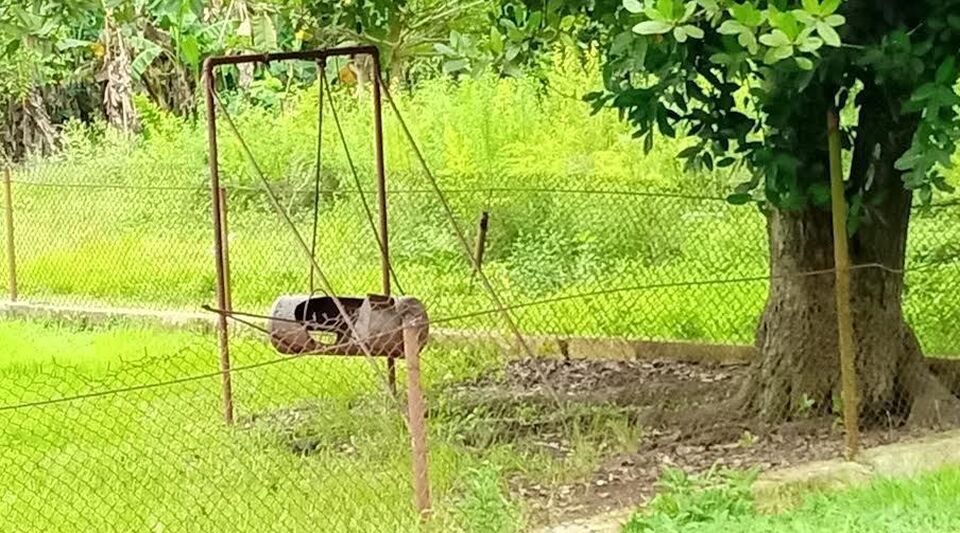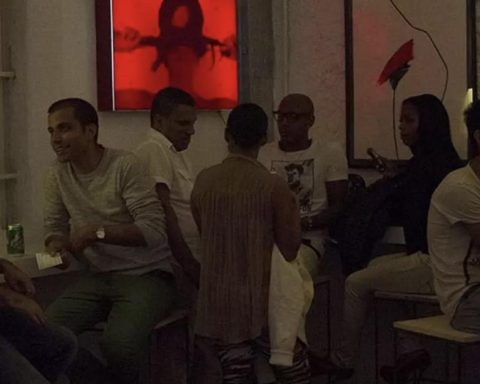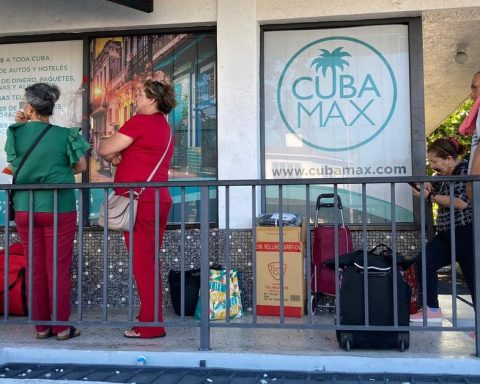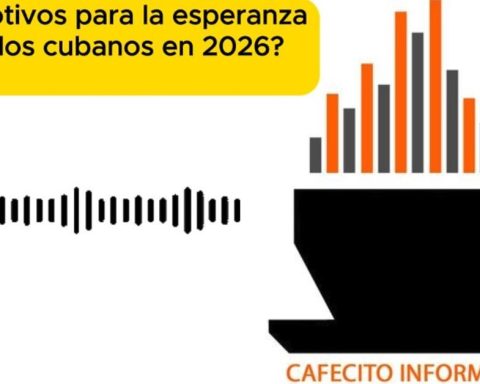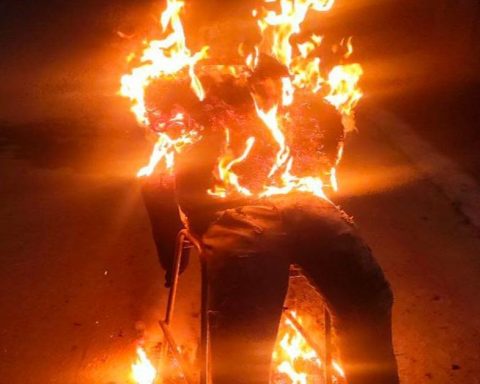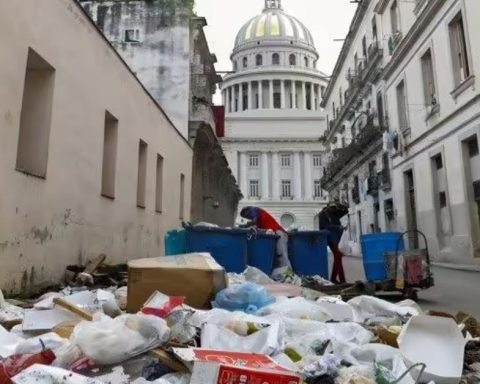Crooked tin slides, rusty planes and swings with rusty cables; More than places of recreation, the playgrounds of Villa Clara look like cemeteries of broken toys.
For their part, the gardens that years ago served as zoos, such as those in Caibarién and Santa Clara, are not faring any better: the plants lack care and the remaining animals – lions, zebras and monkeys – are starving and have had to change radically your diet.
Municipalities such as Camajuaní –and its rural towns– had their playground next to the promenade or central square. Given the breakdown of the equipment and the neglect of the land, boredom spreads and parents do not dare to let their children climb the rickety stairs or swing on the hanging carts.
In Taguayabón, Rosalía, Palenque or Vueltas, families took the little ones to run and play in what is now a vacant lot. The appliances that are still standing are dangerous, and the brass from which they are made can cut children and cause an infection from the rust of the metal.
When the old rides, American or Soviet-made, eventually disappeared, the bureaucrats’ solution was to erect new attractions with annoying construction rods.
The Taguayabón park, built in the 1980s, has never been repaired. “The only thing that is done is to trim it,” laments María, an inhabitant of the hamlet. “It needs good maintenance, it doesn’t have shade and it’s dangerous,” she adds.
The parks could be delimited by masonry fences in the most populated municipalities, or by lower fences in the countryside. Hurricanes and carelessness have been in charge of knocking them down, as have the trees, which have been felled or, in the case of the oldest and most leafy ones such as the Camajuaní ceiba, their roots have destroyed the asphalt from the park to the sidewalk. .
When the old rides, American or Soviet-made, eventually disappeared, the bureaucrats’ solution was to build new rides with annoying construction pins, unsuitable for children, or to breach gas cylinders and oxygen tanks, which were decorated to imitate airplanes or vehicles.
For decades, the huge carousel from Camajuana was losing pieces until it was completely dilapidated on the sand, like an old umbrella.
Frequently, parents, overwhelmed by the lack of options for their children, move to nearby towns like Caibarién –which has beaches– or to the provincial capital, Santa Clara. Both cities have zoos that have certainly seen better days.
Beyond the gate of the Caibarien zoo, once one of the liveliest spaces in the province, mountains of junk await: a “star” that doesn’t work, planes that don’t swing, and nowhere to eat.
But those who have the worst time are the animals, which not only do not entertain anyone but also cause concern and even anger on the part of the visitors. The pressures and protests of the residents have managed to get some specimens to be transferred to Santa Clara, where theoretically they could take better care of them.
In various interviews Offered to the official press, the workers at the center have denounced that they lack sufficient budget for the maintenance of the facilities and that nobody cares about the survival of the animals.
The lions are no longer here –they have been transferred to Santa Clara–, they were fed when the keepers “remembered” and they suffered from anemia, according to what he told 14ymedio Yeney Guerra, a neighbor from Caibarién who is glad that they are now in a “better life.” They never received a visit from officials or veterinarians who were interested in the situation of the cats or other animals.
The residents of the Van Troi neighborhood, near the park, have complained several times about the escape of hungry monkeys that end up rummaging through garbage cans or entering their houses in search of food. The cages that are supposed to hold them are damaged by rust and the apes always find an opening through which to escape.
“The abandonment of these sites means that the few recreational places that children have are being lost,” says Idalmis, another resident of the area.
Located near the Santa Clara cemetery, El Bosque is not only known for its animals, but also because mountains of garbage are left in its vicinity
As for El Bosque – as the Santa Clara Zoo is known – the same famine, mistreatment and deplorable breeding conditions persist. The park is home to two lions, a dozen monkeys, some antelopes, a hippopotamus, a jaguar, ostriches, hyenas, foxes, chickens, and crocodiles.
El Bosque is famous for its bad smell, derived from the poor cleaning of the facilities. It has two cafeterias whose offer leaves much to be desired, and which has become a point of sale for residents to buy some products in bulk.
“Here they sell almost nothing, only individuals and at very high prices,” Carmen, a resident of Santa Clara, complained to this newspaper. “Today I brought my two grandchildren, and I have spent more than a thousand pesos between the entertainment and food equipment.”
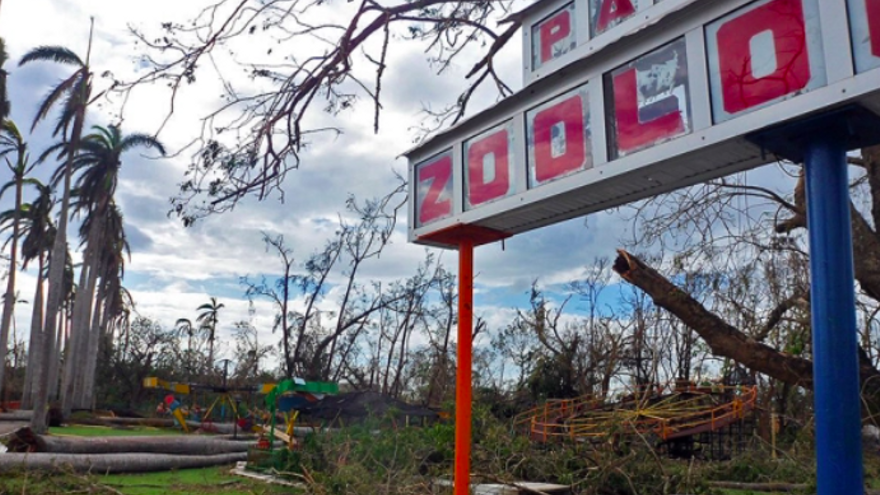
This newspaper verified that, recently, they only sold seasoned vinegar at 250 pesos per liter and natural, at 240, while a portion of jam cost 5 pesos. It is the self-employed who, every weekend, install a small train, motorcycles, an inflatable park and a mechanical boat.
The food they offer is little and poorly prepared. A glass of frozen soda is sold for 20 pesos, ice cream for 30 and a serving of cotton candy for the same price. A pina colada shot costs 35 pesos and if hunger strikes, the 90-peso cheese pizza is the only option available.
Located near the Santa Clara cemetery, El Bosque is not only known for its animals, but also because mountains of garbage, birds ritually slaughtered by santeros, and excrement from night drunks are left in its vicinity.
No one dares to walk around it at night, for fear of criminals who, with increasing frequency, wait under the overhanging branches to assault inattentive passers-by.
________________________
Collaborate with our work:
The team of 14ymedio He is committed to doing serious journalism that reflects the reality of deep Cuba. Thank you for accompanying us on this long road. We invite you to continue supporting us, but this time becoming a member of our newspaper. Together we can continue transforming journalism in Cuba.
